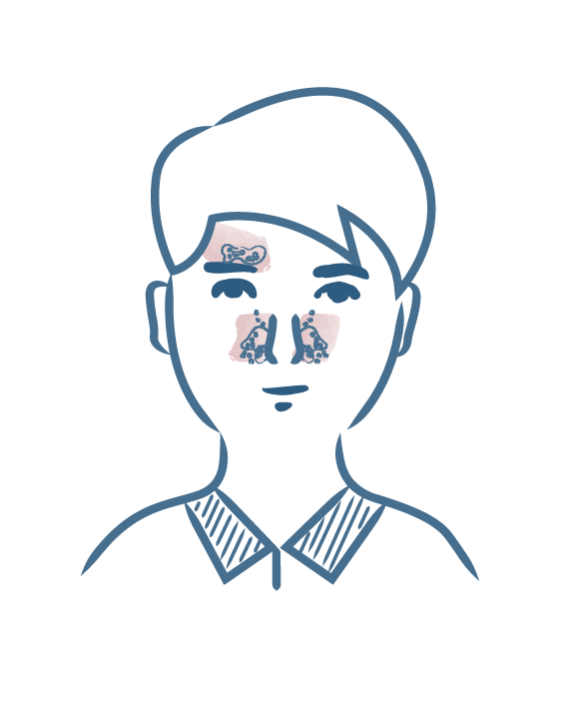-
Your concerns
Our articles to help you gain a better understanding
-
Our solutions
-
DUCRAY Dermatological Laboratories
Our articles to help you gain a better understanding

The clinical signs that define seborrheic dermatitis may in some cases resemble those of eczema. It is not always easy to differentiate between the two conditions.
Atopic dermatitis is mainly a childhood disease and can appear in the first months of life. It affects 10% of children worldwide and only rarely persists into adulthood. Seborrheic dermatitis, on the other hand, usually develops after puberty and in adulthood, and affects 3% of the population. Both atopic dermatitis and contact eczema are characterized by erythema followed by blisters (inflammation of the skin or fluid-filled skin blisters). Once these vesicles rupture, yellowish, greasy scabs are observed. It is at this stage of the condition that confusion between the two diseases can occur.
Atopic dermatitis, of genetic or allergic origin, presents as extremely dry skin, also known as xerosis, which is a source of discomfort and itching. Like seborrheic dermatitis, it evolves in flare-ups, during which red plaques appear, become increasingly itchy and are exacerbated if you are unable to resist the urge to scratch them.
These red plaques or lesions extend well beyond the areas of seborrhea (areas rich in sebum), which are the classic locations of seborrheic dermatitis.
The topography of lesions (i.e. location of lesions) as well as family and personal history of atopy help guide the diagnosis.
However, diagnosis can be difficult when atopic dermatitis persists into adulthood and affects the head and neck.
Is it eczema or seborrheic dermatitis? It's a difficult distinction to make! It’s therefore essential to consult your physician or dermatologist for proper treatment.
Irritated skin with redness and scales

Skin prone to seborrheic dermatitis